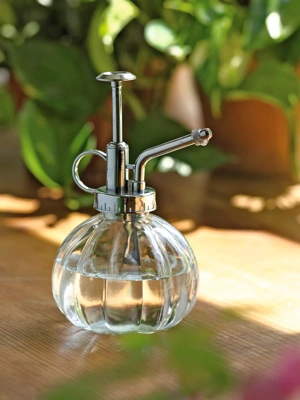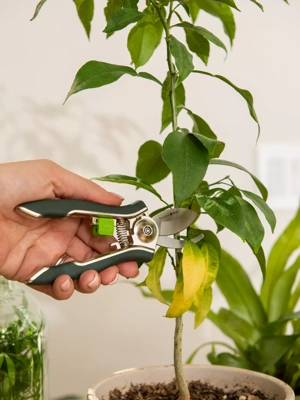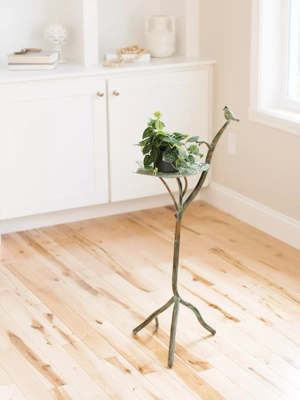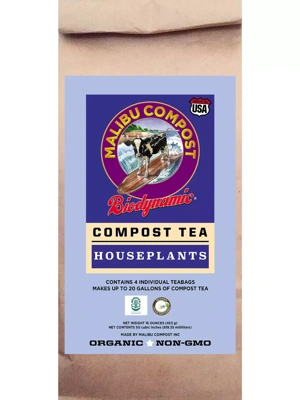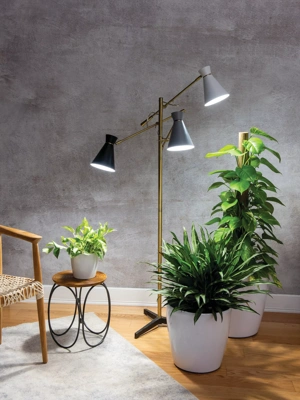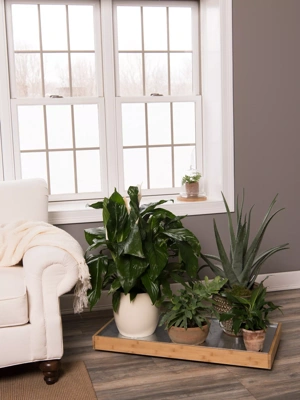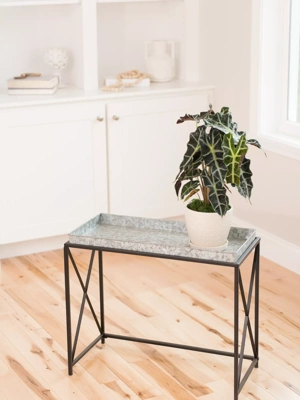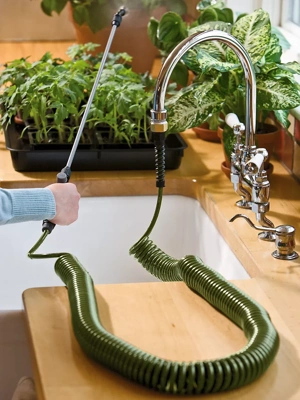How to Grow & Care for Aglaonema
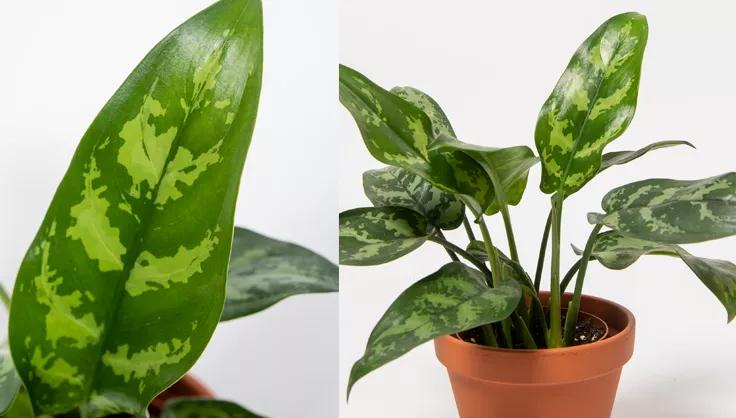
Few plants rank higher on the "easy houseplant" list than the aglaonema. An herbaceous perennial native to the tropical forest floors of Asia, it is adapted to filtered sunlight — at home, it tolerates some of our shadiest, low light rooms.
Types of Aglaonema To Try
There are several types of Aglaonema plants, each with its unique foliage.
Aglaonema ‘Silver Queen’: This cultivar has long, slender leaves elegantly striped with silver and various shades of green
Aglaonema ‘Siam Aurora Red’: This cultivar sports bright yellow and light green variegated leaves with pink veining
Aglaonema 'Maria': This popular cultivar has dark green leaves with silver markings
Best Conditions For Aglaonemas
Light
Aglaonemas can tolerate very low light conditions, but will show more vibrant colors when exposed to moderate light levels. Direct sunlight should be avoided as it can scorch the leaves — in their native habitat, aglaonema receives filtered sunlight through tropical tree canopies. Regularly rotate your plant to promote uniform growth on all sides, and make a habit of dusting the leaves frequently to facilitate efficient photosynthesis. This becomes particularly crucial when the plant is situated in a lower-light environment, as its photosynthetic capabilities are diminished under such conditions.
Soil
A well-draining, peat-based potting mix is suitable for Aglaonemas. You can mix two parts of peat moss with one part perlite or sand to improve drainage.
Humidity
While the Aglaonema plant can endure typical room humidity, it thrives with elevated humidity levels. Consider integrating a humidifier if your home consistently remains dry to provide the plant with the optimal atmospheric conditions.
How To Care For Aglaonemas
Watering
Water your Aglaonema when the top 1-2 inches of soil feels dry. They prefer the soil to be slightly moist, but not waterlogged. Overwatering can lead to root rot.
Fertilizing
Use a balanced, water-soluble houseplant fertilizer diluted to half-strength, applied every month during the growing season (spring and summer). Reduce fertilization in fall and winter.
Pruning
Pruning is not typically necessary, but you can trim away any yellow or damaged leaves to keep the plant looking tidy. Use clean, sharp scissors for pruning.
Repotting
Repot aglaonemas every 1-3 years or when they become rootbound. Spring or early summer is the best time to repot. Choose a pot that’s slightly larger than the current one and has good drainage.
Propagation
Aglaonemas can be easily propagated by division during repotting. Carefully separate the stems, ensuring each new plant has an adequate root system, and pot them separately.
Common Problems with Aglaonemas
Pests and Diseases
Watch out for pests like spider mites, mealybugs, and scale insects. Treat infestations promptly with insecticidal soap or neem oil. Overwatering can lead to root rot, so ensure proper drainage.
Toxicity
Aglaonemas are toxic to pets if ingested, causing irritation of the mouth and digestive tract. It's best to keep them out of reach of pets and children.
Aglaonema FAQs
Q: Why are the leaves of my aglaonema turning yellow?
A: Yellow leaves can indicate overwatering, poor drainage, or a nutrient deficiency. Adjust your watering routine so the top of the soil has time to dry, and ensure the pot has good drainage.
Q: Can aglaonemas be grown in low light?
A: Yes, aglaonemas are well-suited for low light conditions, though their colors may be less vibrant than those grown in brighter light. Regularly rotate your plant to promote uniform growth on all sides, and make a habit of dusting the leaves frequently to encourage photosynthesis in not-so-bright rooms.
Q: When should my aglaonema be repotted?
A: Smaller plants can typically be repotted every 1-2 years, while larger floor-size plants can be repotted every 2-3 years. If your aglaonema plant is drooping no matter how often you water it, that's a sign it has become rootbound. Select a new container that is 1-2 inches wider than the current pot, and repot the plant once its growing season begins (spring or early summer).
Brand new to houseplants, or just looking for a low-key leafy companion? Consider the lovely, low-maintenance aglaonema!
Last updated: 05/09/2024
Print this Article:
Related items
Get the Dirt
Stay up to date on new articles and advice. Please fill out the information below.

